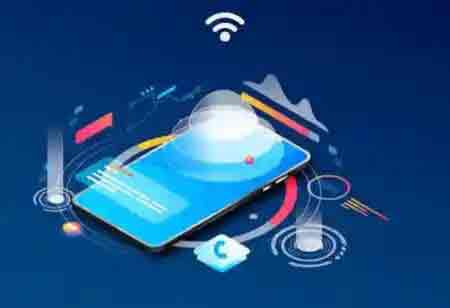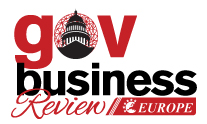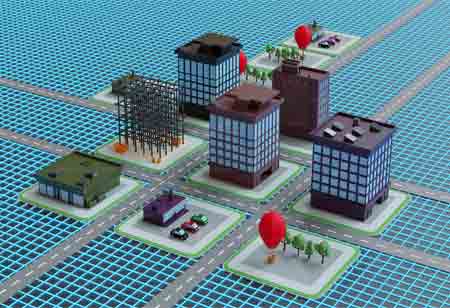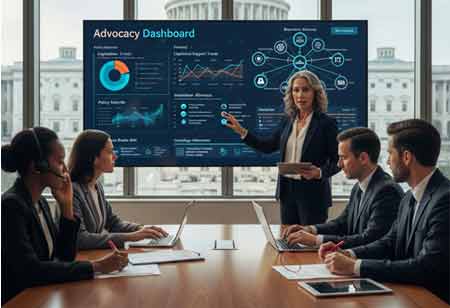Thank you for Subscribing to Gov Business Review Weekly Brief
Technology's Impact on Government Services
A stable digital experience around any device, customized and applicable content, and simple user interactions are just a few things consumers anticipate from their digital adventures.

By
Gov Business Review | Friday, January 27, 2023
Stay ahead of the industry with exclusive feature stories on the top companies, expert insights and the latest news delivered straight to your inbox. Subscribe today.
A stable digital experience around any device, customized and applicable content, and simple user interactions are just a few things consumers anticipate from their digital adventures.
FREMONT, CA: Citizens from around the globe have high anticipations for digital experiences comprising customized and applicable content, intuitive user interfaces, and safe engagement on any device. The government can achieve a good deal with a few touches on a screen, but it takes exceeding technology to make this a feasible government. It requests people, processes, and technology to function seamlessly together.
When finely tuned, this trio is fabulously potent in the government's attempt to improve the customer experience (CX). When digital services emphasize citizens' requirements, technology's role turns supplementary. These government agencies are still processing the formula for driving fast and comprehensive CX modernization.
Barriers fall, and confidence soars
The pandemic crystallized the requirement for government agencies to digitize government services with speed and assurance. And agencies of all sizes employed extraordinary ingenuity to grant vital services to their members when it counted most.
Numerous government agencies are keen to expedite their digital transformations in light of these accomplishments.
This is apparent at the state level, where CIOs have named digital services their second-greatest priority for the second successive year (cybersecurity leads the pack). And the government followed continuous momentum and helped introduce new federal needs. President Biden's latest Executive Order needs agencies to gather feedback on customer experience, appoint standards, measure performance, and measure against the private industry.
Digital primarily, but not exclusively
Very often, citizens have problems transacting with government agents, from simple tasks such as paying a parking ticket to convoluted procedures like enlisting a family member in essential social services. The method may need a call to a communication center for support or an in-person visit, which can count stress, time, and cost to an easy procedure and raise the cost to the government. Additionally, despite their importance, countless calls involve regular inquiries that shift valuable call center resources from more complicated inquiries and issues.
Envision a new understanding where a citizen can quickly and intuitively find what they require on a website, apply for the service they need with an electronic signature from their mobile device, and conduct their transaction online without receiving the phone or visiting a government office. A digital experience that is honest, accessible, safe, mobile-enabled, and multilingual will improve the use of taxpayer resources, lower the number of calls to the contact center, and improve citizen fulfillment and trust.
This is where technology and strategy converge to entrust people, and citizens are already noticing its application.
Developing a connection
The LADPSS (Los Angeles Department of Public Social Services), the biggest social services organization in the United States, effectively showed how to integrate people, processes, and technology to unite citizens to important services smoothly and securely.
To enhance the delivery and usefulness of social services, the LADPSS expected to go beyond phone calls and in-person office visits. It started by reorganizing its website and its digital entrance. For illustration, employing Adobe Experience Cloud and other Adobe tools, the division designed and established its new website in June 2020, just as the pandemic was acquiring traction. When it counted most, citizens could see advantages, connect with services, analyze available resources, and more from any device. Also, the LADPSS integrated and lowered the content pages on their website by two-thirds, making it simpler for people to get details. Moreover, they possessed more language choices and pioneered by integrating user feedback.
What is needed
Government organizations have never had grander access to tools, models, and concepts for favorably introducing and extending digital services. It is important to start by considering technology as a strong group of tools and strategies that aid in constructing and delivering—an improved experience on any device, anytime, and anywhere. It is tailored, pertinent details, fast and secure online commerce, accommodative content where text, images, and shapes display perfectly on any device or screen size, and data and predictive modeling that decide which content and channel each citizen should accept.
Modernized digital services and workflows allow government agencies to give all customers access to the services they require when they require them. And this demonstrates the importance of citizen-centric digital government solutions.
More in News






